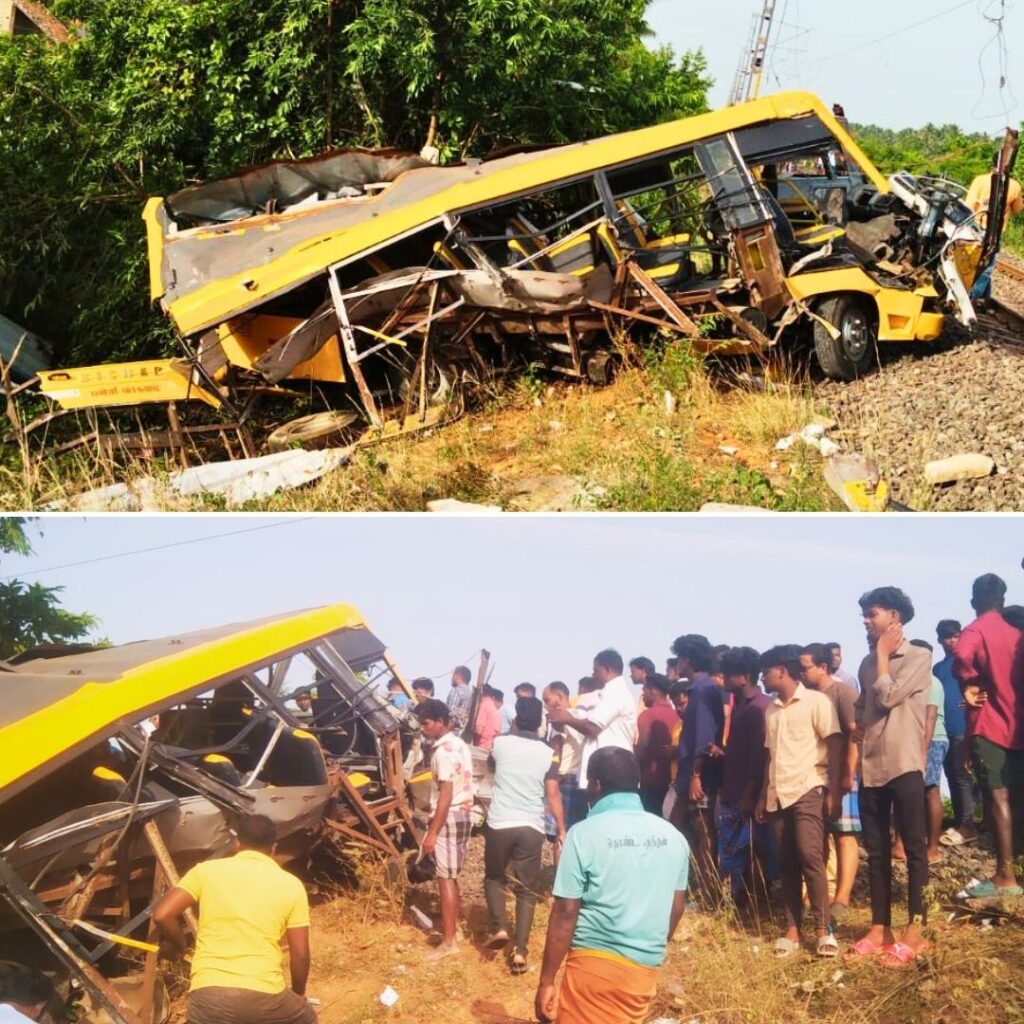The Gujarat government gave a loan of Rs 558.58-crore to the Tata’s to set up the Nano plant at Sanand, near Ahmedabad. Gujarat government has acknowledged that the massive loan was given at an interest of 0.1 per cent to be paid back in 20 years. In other words, this huge loan was virtually interest-free, and since it was to be returned in 20 years time, it was in reality almost an interest-free long-term loan. Take another case. According to news reports, the Steel tycoon, Laxmi Narain Mittal, was given Rs 1,200-crore by the Punjab government to invest in the Bathinda refinery. He too got the loan at 0.1 percent rate of interest.
Source: tribuneindia
On the other hand, consider this. A poorest of a poor woman in a village wants to buy a goat. The goat may cost around Rs 5,000 or so. She goes to a micro-finance institute (MFI), which provides her a loan of Rs 5,000 at an interest rate of 24 to 36 percent or even more. This paltry loan has to be returned at weekly intervals. I am sure you will agree if this poor woman was to get a loan of Rs 5,000 for rearing a goat at an interest of 0.1 per cent to be paid back in five years, if not 20 years as the Tata’s were given, she would be driving a Nano car at the end of the year. After all, the poor woman is also an entrepreneur and at this later stage in life, she wants to sustain her livelihood by rearing a goat, the milk of which she can sell. Millions of livelihoods can be sustained if the banks were to provide support for a similar kind of benevolent policy for the poor entrepreneurs.
Or take the case of a farmer. He buys a tractor at an interest rate of 12 per cent, whereas the Tata’s can buy a Mercedez Benz luxury car at an interest rate of 7 percent. For the farmer, a tractor is a technology to improve crop production efficiency thereby enhances his income. The role of mechanization for improving farmer’s efficiency as well as income has never been questioned. A tractor is a tool to help farmers sustain his farm livelihood. But for the rich, Mercedez car is more of a status symbol for which they can afford to shell out more. This makes me wonder why the banking system is so designed that the poor have to pay a higher tax whereas the rich get it so cheap.
Source: pinimg
The awful discrimination against the poor doesn’t end here. The Public Accounts Committee of Parliament has estimated that the total outstanding loans of the public sector banks, termed as Non-Performing Assets (NPAs), stands at Rs 6.8 lakh crores. Out of this, 70 per cent belongs to the corporates whereas only 1 percent default is of the farmers. The Chief Economic Advisor, Arvind Subramaniam, has already stated that the bad debts of the corporate should be written-off. He says the capitalist economy is so designed that the bad loans of these corporates have to be waived, even if it raises hackles of crony capitalism or favoritism. India Ratings has estimated that more than Rs 4-lakh crore of the NPAs will be written-off. In other words, writing-off of such huge bad loans of the corporate sector makes economic sense if the Chief Economic Advisor is to be believed. But on the other hand, the Chairperson of State Bank of India, Smt Arundhati Bhattacharya, laments that writing-off the outstanding loans of farmers are bad economics, it will lead to credit indiscipline. Of the total NPAs, bad loans of farmers constitute only 1 per cent.
Much of the farm credit that is provided every year too is taken advantage by the agribusiness companies. In Budget 2017, Finance Minister Arun Jaitley had announced a farm credit of Rs 10-lakh crore. But while such a huge outlay for farm credit gives an impression of how much the government thinks about farmers, the fact is that less than 8 percent of this actually goes to small farmers. And small farmers constitute roughly 83 percent of the entire farming community. Nearly 75 per cent of the Rs 10-lakh crore farm credit is reaped by agribusiness companies and big farmers who get the advantage of 3 per cent interest subvention. Over the years, the definition of what constitutes a farm loan has been expanded to include warehousing companies, farm implement manufacturers and other agribusiness companies.
Source: rediff
It is primarily because of the bank’s indifference towards the farmers that the election promise of writing-off of farmers’ loans in Uttar Pradesh and Punjab have become such a contentious issue. Since the Prime Minister Narendra Modi had promised to waive off farmers loans in UP, the Ministry of Agriculture and Farmers Welfare has already announced that the Centre will take care of the financial burden of waiving farm loans in UP. Whereas in Punjab, where Congress has formed the government, State Finance Minister Manpreet Badal, has come out with an innovative way to bear the burden of farm loan waiver. He says the state will ‘takeover’ the farmers’ outstanding loans, and work out a long-term agreement with the banks under …











